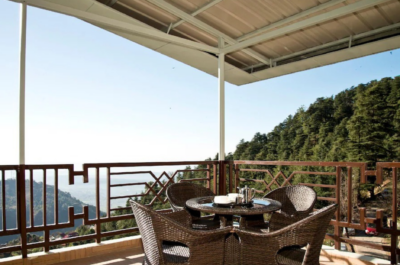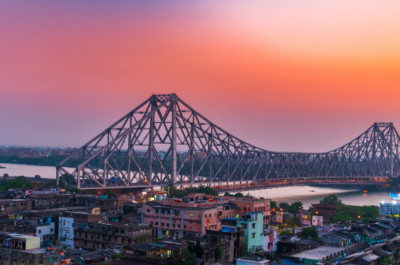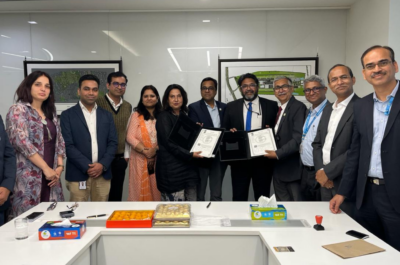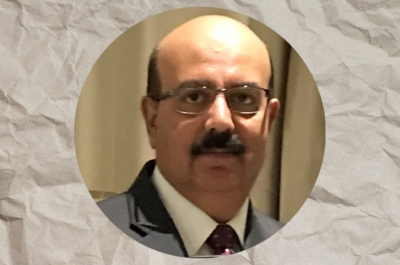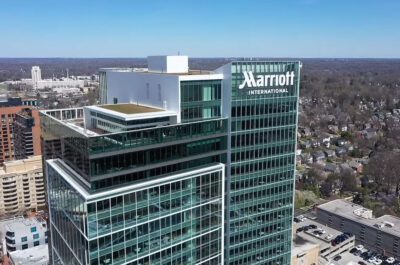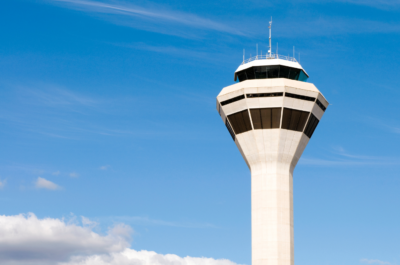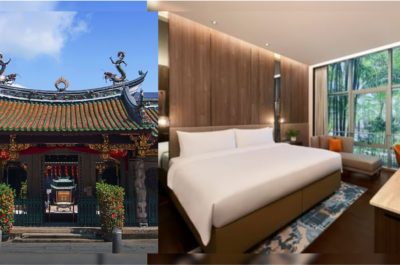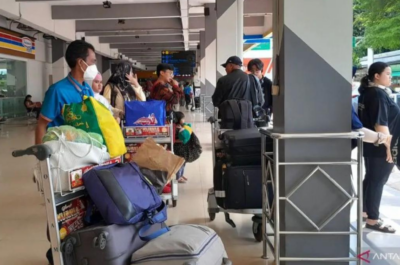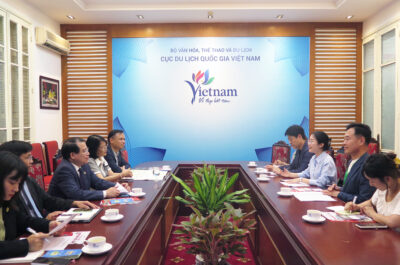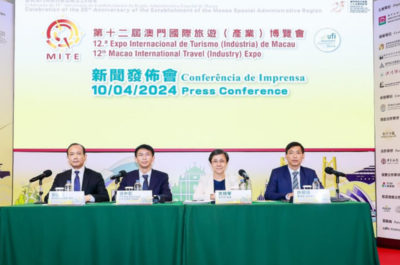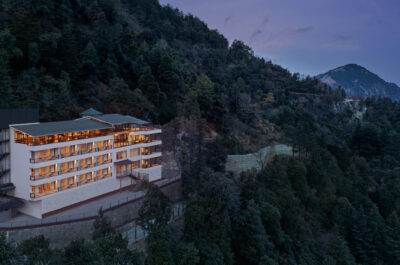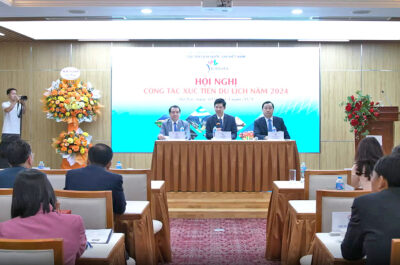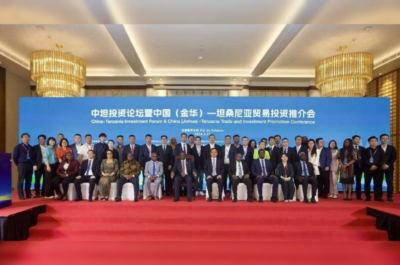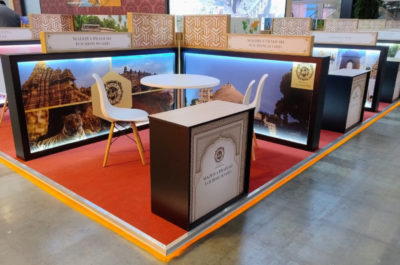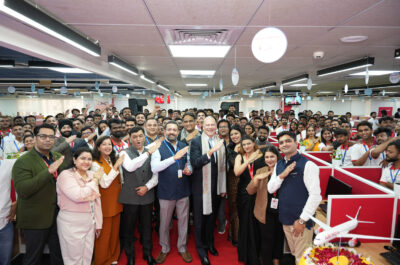…
Room inventory in major Indian cities is predicted to double as international hotel groups are fast eyeing the market, according to Jonathan Worsley, conference organiser of the recent Arabian Hotel Investment Conference.
Marriott’s President and Managing Director, Ed Fuller agreed saying that the potential in India is strong. “We currently have six hotels in India with a further 32 projects poised for operation by 2012,” he said.
Fuller stressed the necessity of getting in on the ‘ground floor’ in terms of location: “As Indian cities grow, we think that the dynamics of what is ‘downtown’ today will not be the same in 10 years time.”
“In India, we have a few owners with multiple projects, allowing us a number of sites in place for development. The owners allow us to take advantage of their local knowledge – which is important to consider in a country that is not one generic market.”
He indicated that Marriott’s Indian portfolio will be flagged by a mix of Courtyards and Executive Apartments, plus eight Marriott and JW properties, as well as one Ritz-Carlton.
Senior Vice President Development of Accor, Gaurav Bhushan, echoed the relevance and importance of sound partnerships in India.
“The potential for a multi-property portfolio in India is great. It is not feasible to negotiate new deals every day, so it is vital to pick a partner – although that does not preclude working with others in future,” he observed.
The Accor group is focusing heavily on its budget brands – Ibis and Formula 1, with predictions of 50 or more in this sector. Meanwhile, upscale projects include a Mumbai flagship for Sofitel, opening in 2010.
“This international focus on branded budget names has prompted incumbents, such as Taj Hotels, Resorts & Palaces to develop its own formula to protect market share,” said Taj’s Managing Director and CEO Raymond Bickson, who was optimistic about the changing scenario in hospitality in India.
“There is a huge potential. Imagine, there are currently more branded hotel rooms in Manhattan, than in the whole of India,” he said.
“We need at least half a million and the market will remain robust for the next five to 10 years. The WTTC has put out figures that show internationally, between eight to ten percent of GDP is generated by travel and tourism, but in India, this figure is half of that at four percent.”
Taj’s growth strategy also encompasses international expansion to develop distribution and brand awareness that will then help in boosting its Indian operations.
“By 2012, we will have 97 hotels worldwide. In India we have big plans for our Gateway brand, as well as Ginger hotels, where we currently have 20 and plan 65 more in the next five years.
“As a legacy player, in order to protect our market share in India, we have had to look at these brand extensions, as this is where the big potential lies.”
He concurred with Fuller that new CBDs (Central Business Districts) would generate additional opportunities for urban properties, while the move in to secondary and tertiary areas which have traditionally been untapped would open up new lines of development, along with the growing airport infrastructure.
“Some 37 brands are entering India today and these will address the needs of the new urban clusters,” he added.
He further noted that resort development was lagging behind, with Goa perhaps the single destination that had appeal to the meetings and events business as well.
Human resources and training were identified as potential pitfalls despite the acknowledged the huge labour pool.
Golden Tulip’s Regional Managing Director, Vimal Singh said for the first of 12 hotels it is set to open in the country, the company received 3,500 applicants for 165 vacancies.
Bickson of Taj warned that the market had to adjust in terms of salary expectations.
“Our overall payroll advantage (vis-à-vis developed countries) will continue to exist,” he said, while Marriott’s Fuller added that his company was seeing a reverse migration of staff now.
“The Middle East has been a ‘university’ for our Indian national managers and we are now moving them back – we predicted this human resources crisis and we have planned for it.”
Accor too has taken steps to address the need for skilled workers in its hotels.
“We are setting up an Accor Academy to provide on the job and academic training,” revealed Bhushan.
Meanwhile, one area of potential that has yet to be realised was that of tourism, contrasting with bullish corporate demand that saw most hotels selling out five days of the week.
“There has been improvement in certain areas, but a lot more needs to be done. Investment in infrastructure is needed and it is up to the government to attract this,” observed Fuller.
Bickson cited the Andaman and Nicobar islands as just one area that had huge resort potential.
“In the area of health tourism too, we have an iconic brand in terms of Ayurveda that is embedded in the DNA of Indian culture and if we could see that portal opened, there could be unlimited growth,” he concluded.
Theodore is the Co-Founder and Managing Editor of TravelDailyNews Media Network; his responsibilities include business development and planning for TravelDailyNews long-term opportunities.




















